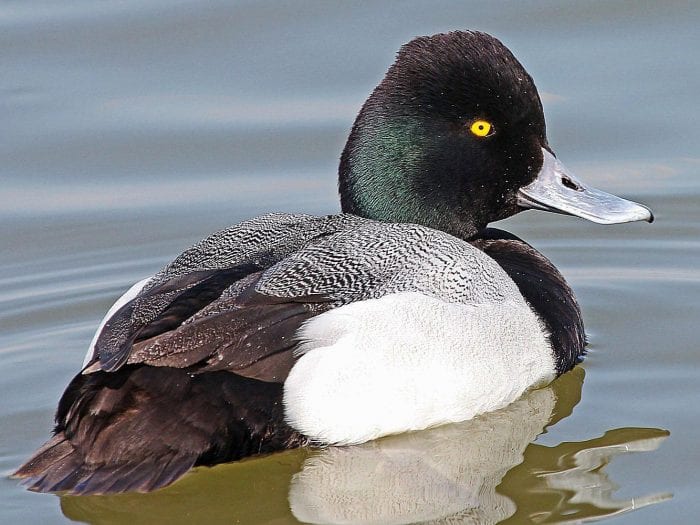By Tara Mae
Communities, both human and otherwise, thrive through connection. Four Harbors Audubon Society celebrates these relationships with a Tree Fest, a community event hosted at Three Village Historical Society, 93 North Country Road in Setauket, on Saturday, May 28, from 10 a.m. to 3 p.m.
Visitors will be able to partake in raffles, face painting, arts and crafts, educational exhibits by Avalon Nature Preserve and Living Lands Habitat Garden Design, a live bird presentation by Sweetbriar Nature Center of Smithtown, and other activities.
During the event, Four Harbors Audubon Society will be giving away native tree and shrub whips procured from the Department of Conservation’s Saratoga Farm. These will include Black Cherry, Pussy Willow, Bare Oak, Beach Plum, Bayberry, Button Bush, and Red Osier Dogwood. In addition, a native plant sale will feature local flora such as shrubs, grasses, and spring/early summer flowering herbaceous plants.
Board member Sue Avery said that the demand for native plants has increased in recent years as gardeners have become more cognizant of the benefits of growing them. Four Harbors promotes the national Audubon Society’s Plants for Birds initiative, which is an online resource that identifies the best plants for local birds. “We hope to raise awareness on the significance of trees and native plants for our ecosystem and how essential they are for birds,” Avery added.
Native plants are integral to the biosphere and local ecosystems. They provide fruits, berries, and nuts for birds as well as other animals and create a habitat for pollinators and other insects.
The Tree Fest aligns with the national Audubon Society’s objective of restoring the wildlife and plants that have diminished or disappeared because of climate change, habitat loss, habitat fragmentation, pollution, and other environmental factors.
“Basically, National Audubon and Audubon New York call this type of work bird-friendly communities work,” President of the Audubon Society Joy Cirigliano said.
Creating and supporting a stable environment for birds is incorporated into the Audubon Society’s mission, which recently launched the Bird Oasis Program that encourages residents to construct habitats in their yards to support bird life.
“Part of the Audubon Society’s work is to restore as much habitat as possible because when birds thrive, people prosper. Everything in the natural world is connected and the health of one goes hand and with the health of the other,” Cirigliano said.
Throughout the year, the Audubon Society organizes bird walks, installs native plant gardens in public places, and advocates for open spaces. Such a commitment to the local environment and its inhabitants is a trait Three Village Historical Society (TVHS) Director Mari Irizarry recognizes well.
“Community is at the core of every program we run at TVHS and, we are absolutely thrilled to host Four Harbors Audubon Society on May 28th for their annual Tree Fest,” Irizarry said. “We support Four Harbors Audubon Society mission to protect and preserve birds, wildlife, and the places and resources needed, for today and tomorrow.”
Admission to the Tree Fest is free with a rain date of May 29. For more information, please visit https://4has.org or call 631-675-1803.

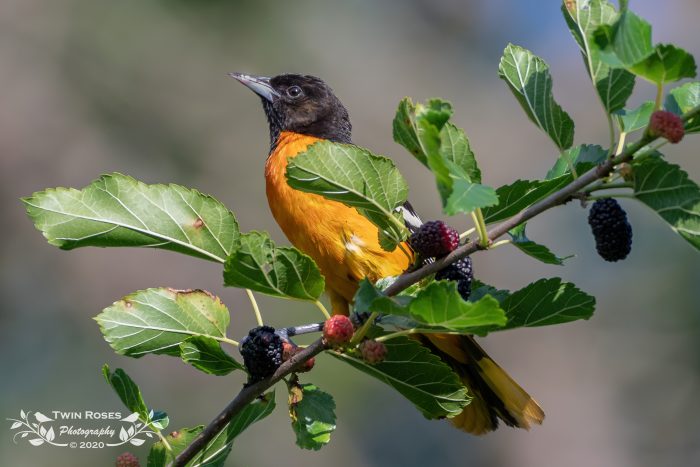
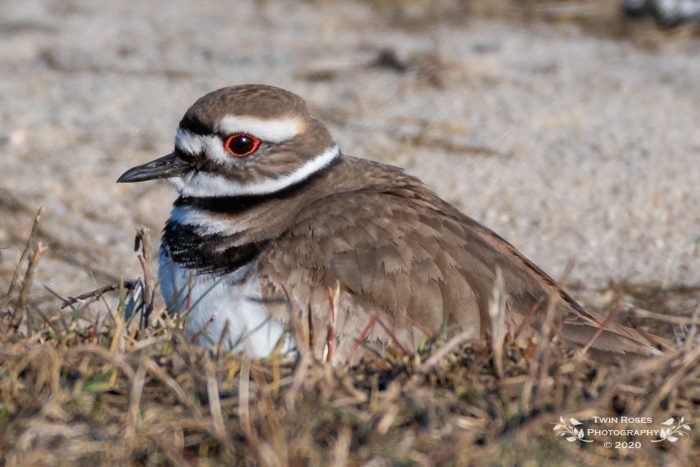
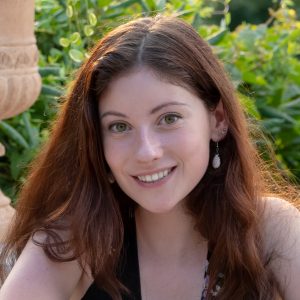
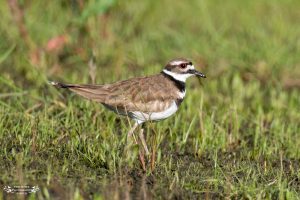

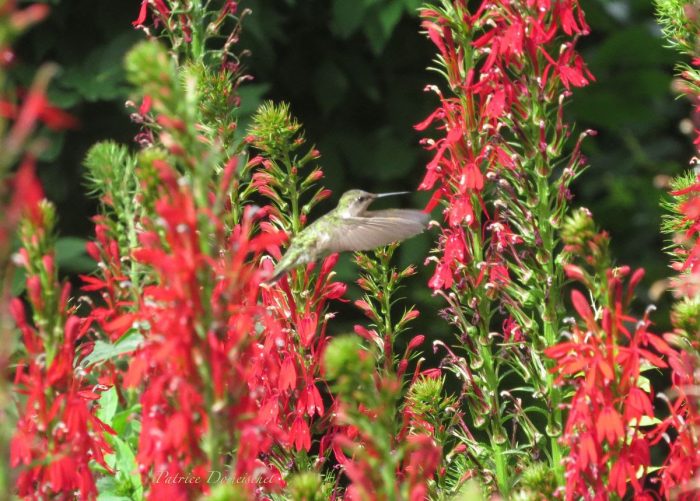
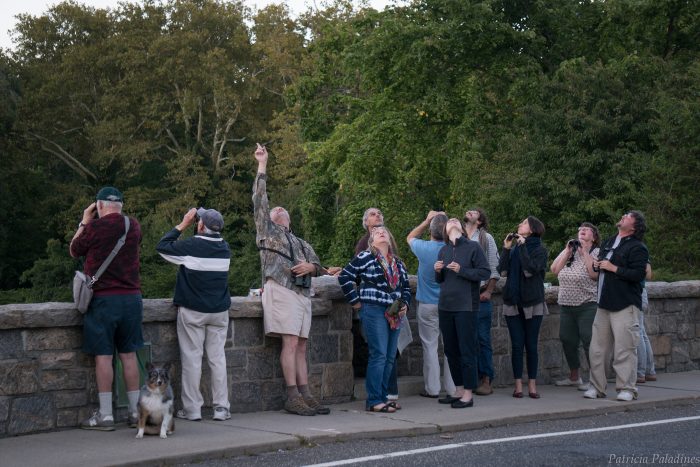
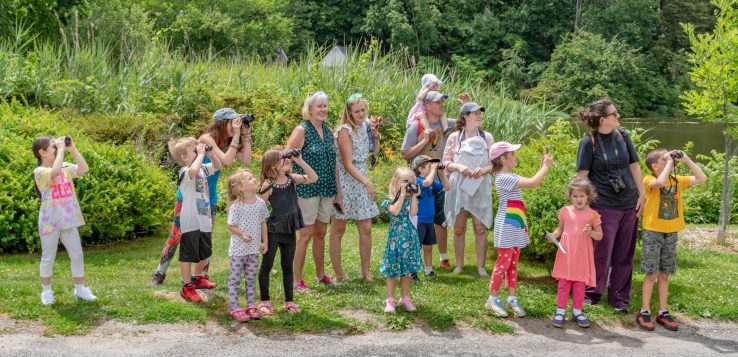
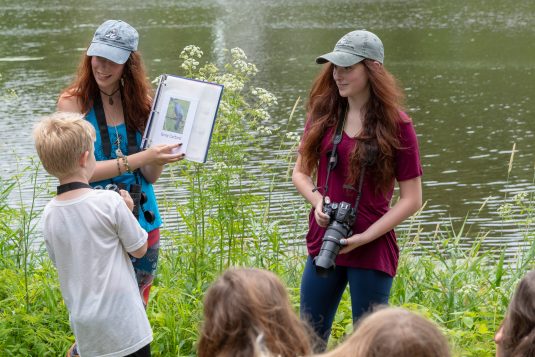
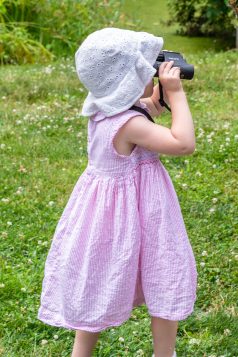
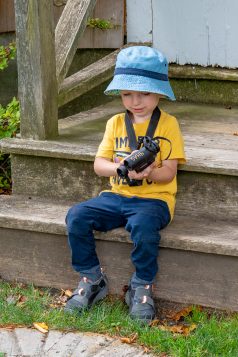
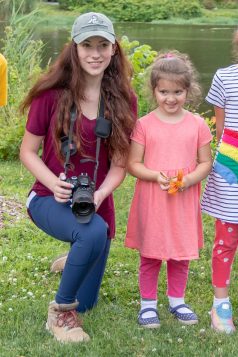
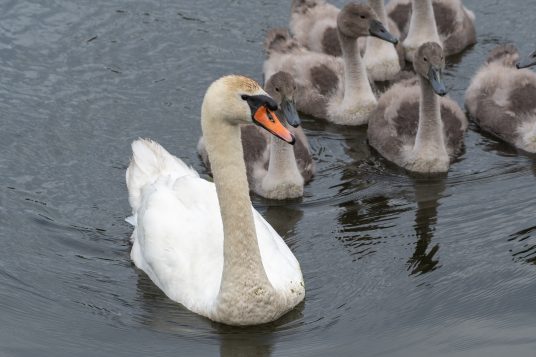

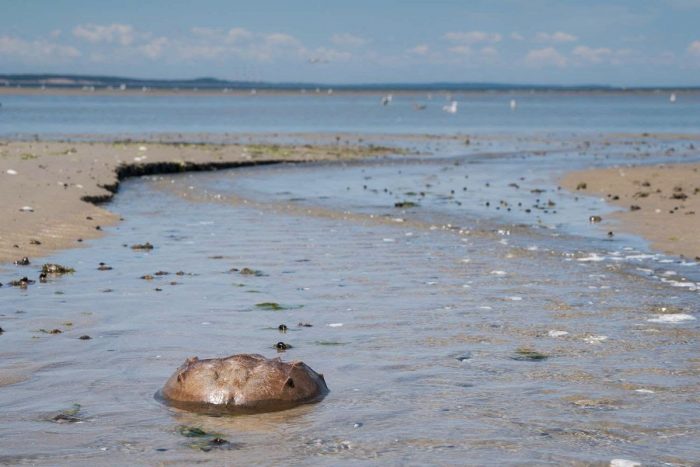
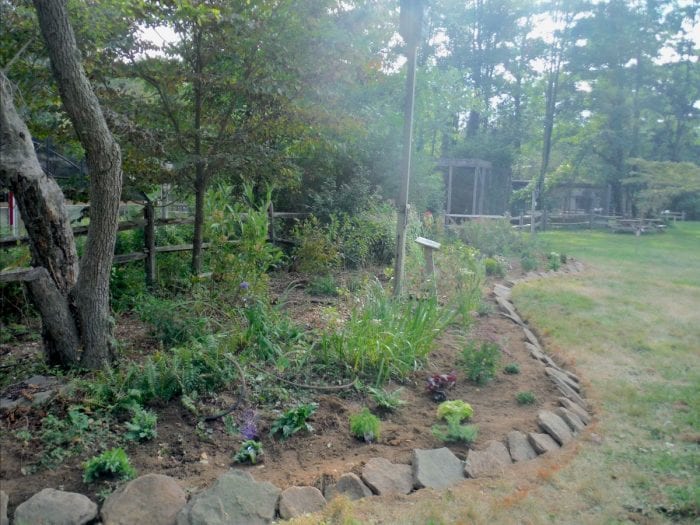
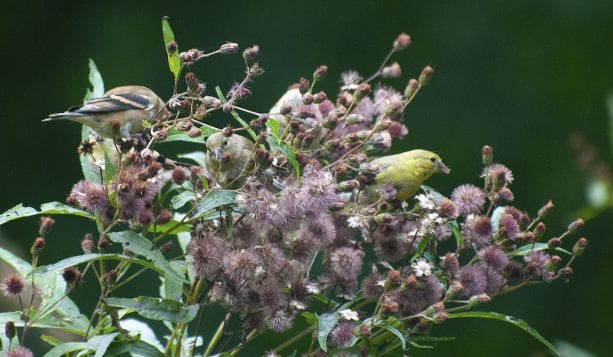

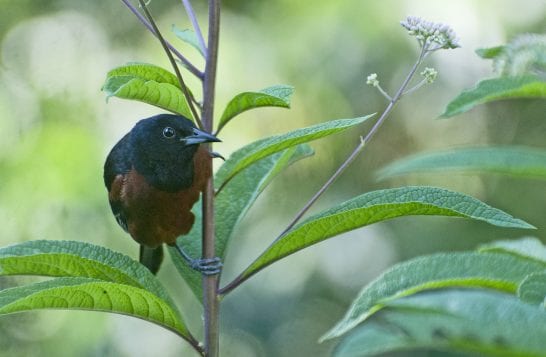
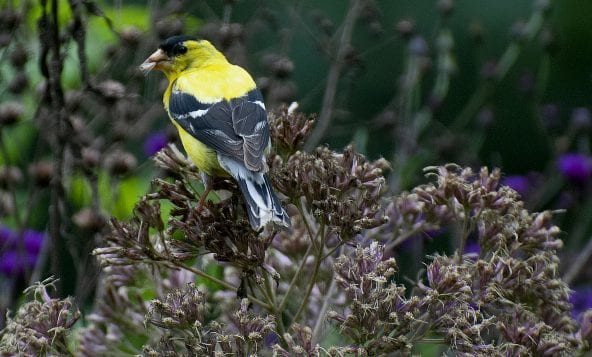
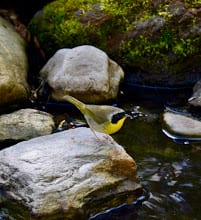
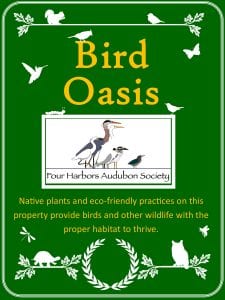 In 2018, the Suffolk County Department of Economic Development & Planning published its 2016 Land Use Study. In the report, Brookhaven Township and Smithtown Township had 27% and 17% recreational and open space, respectively.
In 2018, the Suffolk County Department of Economic Development & Planning published its 2016 Land Use Study. In the report, Brookhaven Township and Smithtown Township had 27% and 17% recreational and open space, respectively.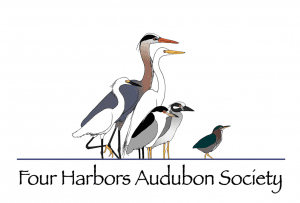 Four Harbors Audubon Society is a local chapter of the National Audubon Society.
Four Harbors Audubon Society is a local chapter of the National Audubon Society.